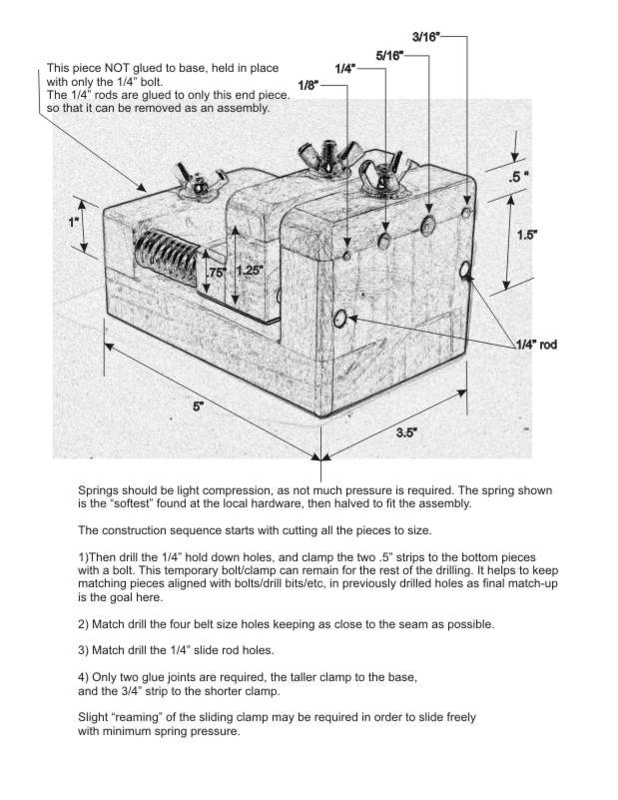Main /
Automation
Overview
Automation, as generally seen in ornamental turning, involves
- Helping the artist to make better work - By moving from hand-cranked operations to having those same operations driven by a motor, the speed of the operation becomes more consistent. This results in a more consistent cut pattern in the object.
- Making tedious tasks easier - There are some operations which can get quite tedious to do. One example is the final cuts using a curvilinear slide. One piece I made had a step-over (of the cutting frame along the Z axis) of 0.002", and required 6 hours for this to complete. The surface was beautiful, and my wife loves it; however I was very grateful to not be required to do the work manually.
- Making the cost for many add-ons much lower - Stepper motor-driven items like linear slides are relatively inexpensive now, and other parts are also readily available. Making a curvilinear slide using such parts is achievable for 5-10% of the cost of a fully mechanical equivalent. These stepper motor-driven slides are certainly not a beautiful to look at, but both can be used to make beautiful pieces.
As Lewis Mumford wrote in his classic history of technology,
“The essential distinction between a machine and a tool lies in the degree of independence in the operation from the skill and motive power of the operator.”
A Rose Engine is controlled by a human user, whereas a machine does what its designer wanted.
|
|
|
There are only two known artists who have their systems fully "computer" driven, much as is done on CNC routing machines for woodworking. Bill Oom's COrnLathe is one example of such a system. But this is not the typical path taken.
|
Disclaimer: eMail comments to me at OTBookOfKnowledge @ Gmail.com. The process of woodturning involves the use of tools, machinery and materials which could cause injury or be a health hazard unless proper precautions are taken, including the wearing of appropriate protective equipment. |


